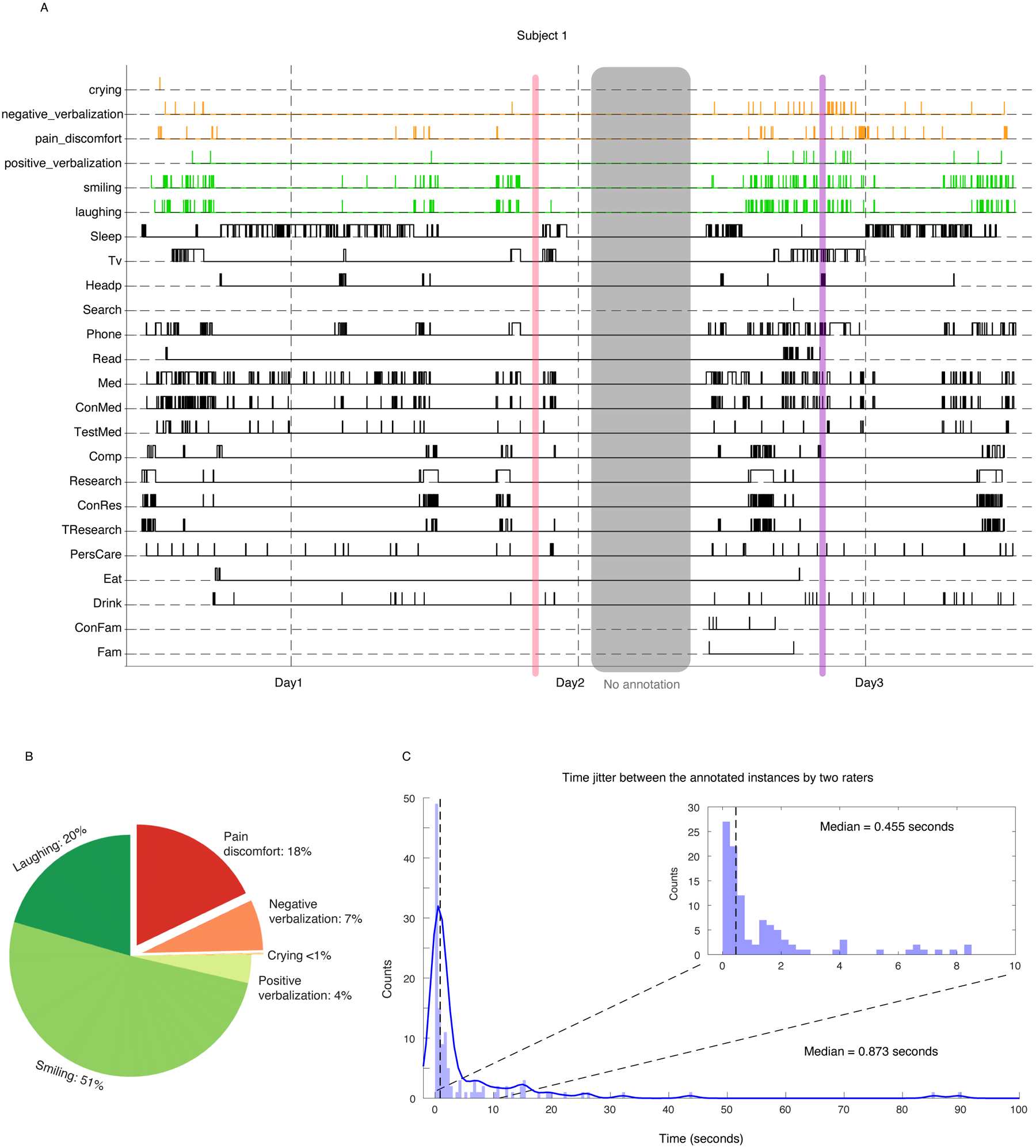Extended Data Figure 1. Behavioral annotations.

A) Example of annotated behaviors for an example subject through 3 days of hospital stay. Behaviors in black are marked using onset and offset of the activity, while the affective behaviors are marked as instances. Purple shading represents neutral moment where there is no expression of affective behaviors, but patient may be engaged in other tasks (here, using phone). The red shading displays where there is no activity (called “rest”, per supplementary tables 1 and 2). B) Percentage of emotional expressions across 11 subjects used in this study. C) distribution of time jitter between different rater pairs for positive expressions and negative ones.
